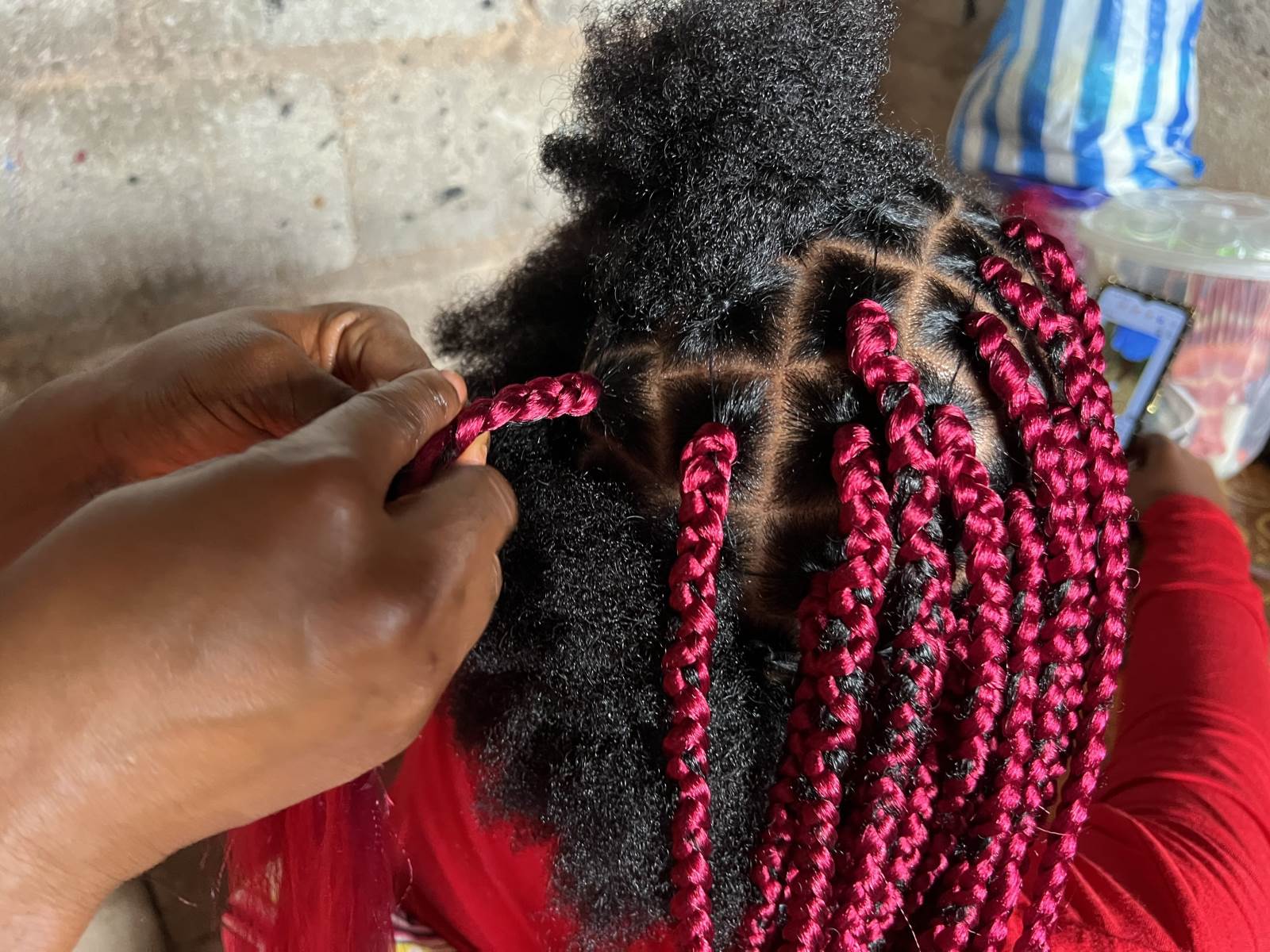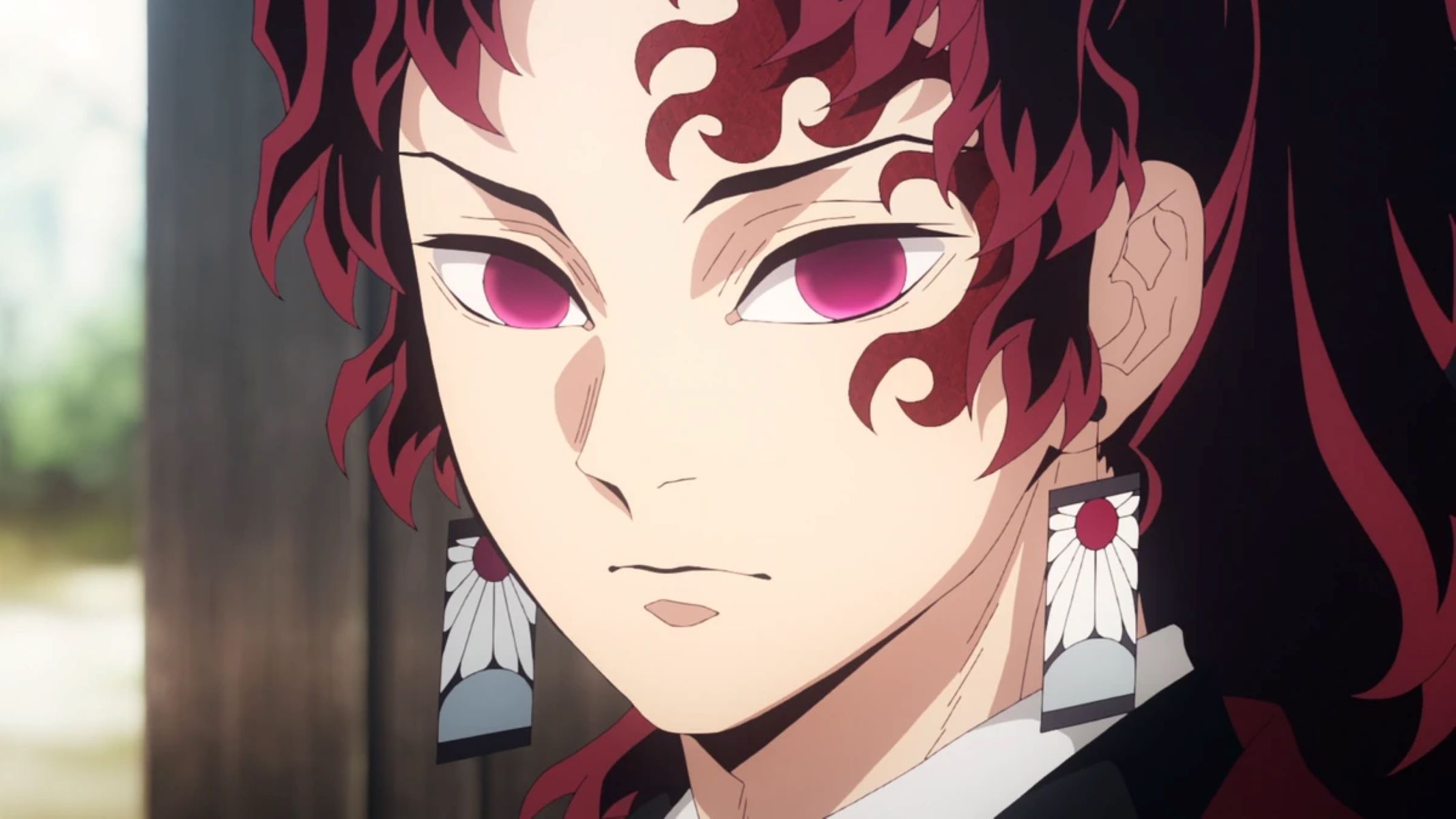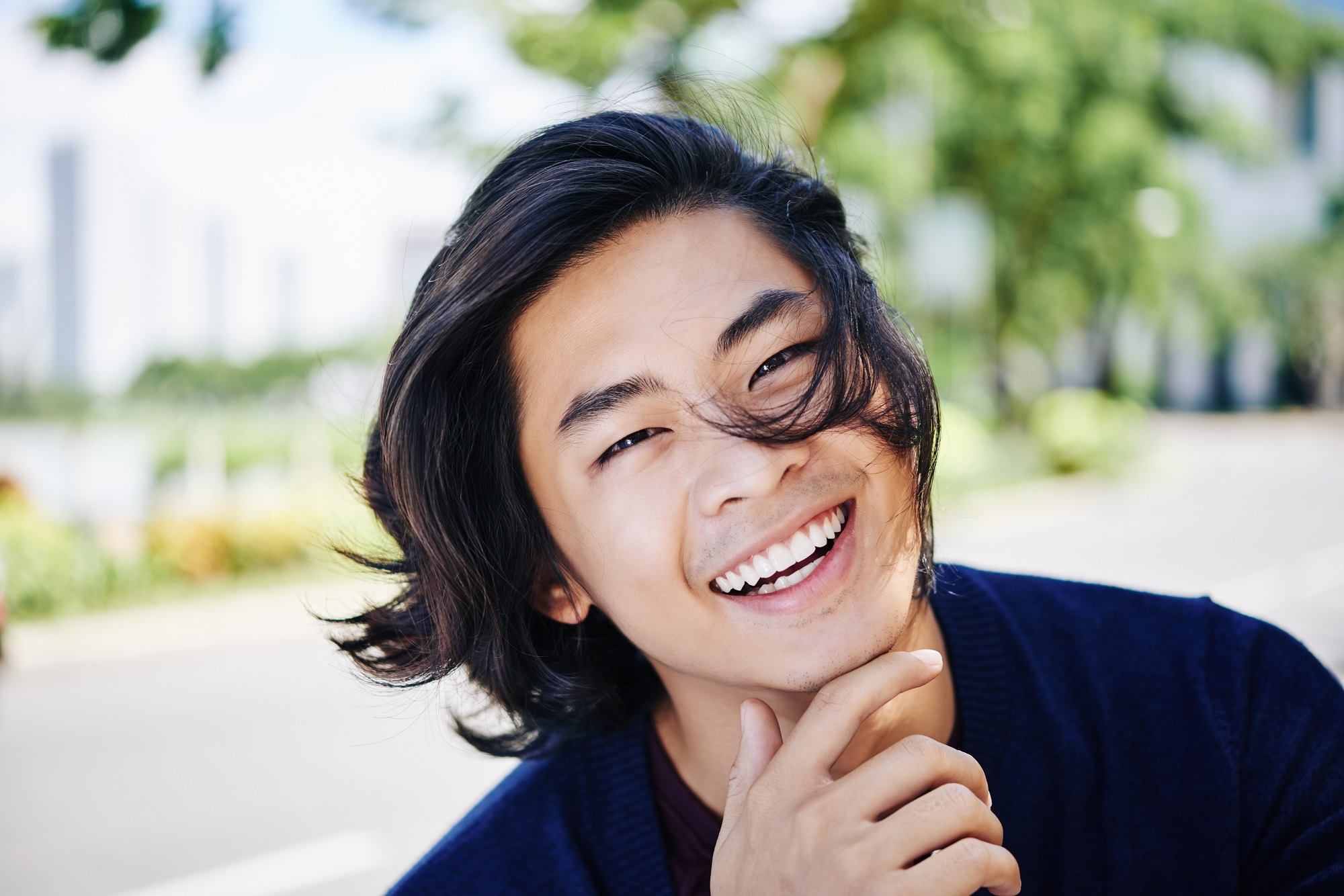Home>History>Surprising Hair Braiding Traditions: Vikings Vs Africans – Who Started The Trend First?


History
Surprising Hair Braiding Traditions: Vikings Vs Africans – Who Started The Trend First?
Published: January 8, 2024
Discover the fascinating history of hair braiding traditions, from the Vikings to Africans, and unravel who started the trend first. Explore the surprising origins and evolution of this timeless cultural practice.
(Many of the links in this article redirect to a specific reviewed product. Your purchase of these products through affiliate links helps to generate commission for Regretless.com, at no extra cost. Learn more)
Table of Contents
Introduction
Hair braiding is a timeless art form that has transcended generations and cultures. It is a practice deeply rooted in tradition, history, and self-expression. The intricate weaving of hair into beautiful and elaborate patterns has been a significant part of human culture for centuries. From the majestic braids of African tribes to the rugged plaits of Viking warriors, the history of hair braiding is as diverse as it is fascinating.
In this article, we will delve into the captivating world of hair braiding, exploring the rich traditions of both African and Viking cultures. We will uncover the historical significance of hair braiding in these societies and compare the techniques and styles employed by each. Furthermore, we will address the intriguing question: Who started the trend of hair braiding first?
Join us on a journey through time and across continents as we unravel the mesmerizing tapestry of hair braiding traditions. By the end of this exploration, you will gain a deeper appreciation for the artistry and cultural importance of hair braiding, and perhaps even be inspired to embrace this timeless tradition in your own unique way.
The History of Hair Braiding
The history of hair braiding can be traced back to ancient civilizations, where it served as a symbol of cultural identity, social status, and individual expression. The practice of braiding hair has been documented in various cultures across the globe, each imbuing it with its own unique significance.
In ancient Africa, hair braiding held profound cultural and spiritual significance. The intricate patterns and styles of braids varied among different tribes, with each design conveying specific meanings. For example, among the Himba people of Namibia, the elaborate braided hairstyles of women symbolize their social status, age, and marital status. In West Africa, the art of hair braiding has been passed down through generations, with techniques and styles evolving over time to reflect the diverse cultural heritage of the region.
In ancient Egypt, hair braiding was not only a fashion statement but also a symbol of social hierarchy. Elaborate braided hairstyles adorned with beads and precious metals were favored by the elite, while simpler braids were worn by commoners. The intricate patterns and designs of Egyptian hair braiding reflected the creativity and artistry of the civilization.
Moving to the Norse culture, Viking men and women also embraced the practice of hair braiding. For the Vikings, braided hairstyles were not merely a fashion choice but held symbolic and practical significance. Warriors would braid their hair before battle, intertwining their locks with leather cords to create intricate patterns. These braids were not only a display of strength and bravery but also served the practical purpose of keeping their hair out of their faces during combat.
Throughout history, hair braiding has endured as a timeless tradition, transcending geographical boundaries and cultural divides. The art of braiding has been a means of storytelling, with each braid and pattern carrying its own narrative. From celebratory ceremonies to daily rituals, the history of hair braiding is woven into the fabric of human civilization, reflecting the diversity, creativity, and resilience of different cultures.
As we continue our exploration of African and Viking hair braiding traditions, we will gain a deeper understanding of the cultural significance and artistry behind these ancient practices. Let us embark on this enlightening journey through time and tradition, unraveling the captivating history of hair braiding and the profound impact it has had on societies throughout the ages.
African Hair Braiding Traditions
African hair braiding traditions are deeply rooted in the cultural heritage of diverse ethnic groups across the continent. The art of hair braiding in Africa is a reflection of the rich history, social customs, and spiritual beliefs of its people. Each region and tribe in Africa has its own distinct braiding techniques, patterns, and styles, with the practice serving as a form of artistic expression and a means of communication within the community.
In West Africa, the Fulani people are renowned for their intricate and elaborate braided hairstyles. The Fulani women adorn their hair with captivating braids adorned with beads, shells, and other decorative elements. These braided styles not only showcase the creativity and skill of the braiders but also hold cultural significance, often symbolizing the age, marital status, and social standing of the wearer.
Among the Yoruba people of Nigeria, hair braiding is a cherished tradition passed down through generations. The Yoruba women often wear intricately braided hairstyles that reflect their cultural identity and personal aesthetics. The braids are meticulously crafted, with each pattern and design carrying symbolic meanings that resonate within the community.
In East Africa, the Maasai tribe is known for its distinctive hair braiding customs. Maasai women traditionally braid their hair using a technique that involves intricate patterns and the use of red ochre and animal fat to create vibrant and striking styles. These braided hairstyles are not only a form of adornment but also serve as a symbol of cultural pride and heritage within the Maasai community.
The art of hair braiding in Africa extends beyond aesthetics; it is deeply intertwined with spirituality and social rituals. In many African cultures, the act of braiding hair is a communal experience, with the bonding between the braider and the wearer holding deep cultural significance. The rhythmic weaving of hair is often accompanied by storytelling, songs, and rituals, creating a sense of unity and shared identity within the community.
African hair braiding traditions continue to thrive in the modern era, with braiding salons and practitioners preserving and innovating upon age-old techniques. The intricate artistry of African hair braiding serves as a testament to the resilience and creativity of African cultures, carrying forward the legacy of a timeless tradition that transcends generations.
As we delve into the world of African hair braiding traditions, we gain a profound appreciation for the cultural richness and artistic ingenuity that permeates this ancient practice. The intricate braided styles of Africa not only adorn the hair but also weave together the stories, beliefs, and traditions of diverse African communities, forming a tapestry of beauty and heritage that endures through the ages.
Viking Hair Braiding Traditions
Viking hair braiding traditions were not confined to a mere fashion statement; they held deep cultural and symbolic significance within Norse society. Both men and women of the Viking age embraced the practice of braiding their hair, intertwining intricate patterns that reflected their identity, beliefs, and social roles.
For Viking men, braided hairstyles were not only a means of personal expression but also a symbol of their martial prowess and valor. Prior to entering battle, Viking warriors would meticulously braid their long hair, intertwining it with leather cords and metal embellishments. These elaborate braids were not merely ornamental; they served a practical purpose, keeping their hair secured and out of their faces during combat. The intricate patterns woven into the warriors' hair symbolized their strength, fearlessness, and readiness for battle, instilling a sense of unity and camaraderie among the warriors.
Viking women also embraced the art of hair braiding, adorning their locks with elaborate and ornate styles that reflected their societal roles and cultural heritage. Women of the Viking age often wore braided hairstyles that showcased their creativity and individuality, with each braid serving as a personal expression of their identity and status within the community. The braided styles of Viking women were not only aesthetically pleasing but also conveyed their resilience and resourcefulness in the face of the harsh Nordic environment.
The art of Viking hair braiding extended beyond mere adornment; it was a reflection of the Norse people's connection to nature, spirituality, and their rich mythological traditions. The intricate weaving of hair was imbued with symbolic meanings, with certain braided patterns representing the interconnectedness of the natural world and the spiritual beliefs of the Vikings. Each braid told a story, weaving together the narratives of the Norse people and serving as a tangible expression of their cultural identity.
The legacy of Viking hair braiding traditions endures as a testament to the artistry and cultural significance of this ancient practice. The intricate braided styles of the Vikings not only adorned their hair but also wove together the stories, beliefs, and traditions of Norse society, forming a tapestry of beauty and heritage that continues to captivate and inspire today.
Comparison of African and Viking Hair Braiding Techniques
The comparison of African and Viking hair braiding techniques unveils a fascinating juxtaposition of cultural practices, artistic expressions, and symbolic meanings. While both traditions share the fundamental concept of weaving hair into intricate patterns, the techniques and styles employed by African and Viking braiders showcase distinct characteristics that reflect the unique cultural identities of each society.
African hair braiding techniques are renowned for their diversity and complexity, with each region and ethnic group exhibiting a rich tapestry of braiding styles. The art of African hair braiding encompasses a wide array of techniques, including intricate weaving, twisting, and plaiting, often incorporating natural adornments such as beads, shells, and decorative elements. The braiding process in African traditions involves meticulous attention to detail, with braiders skillfully crafting elaborate patterns and designs that convey cultural symbolism and individual expression. Additionally, African hair braiding often involves communal participation, with the act of braiding serving as a bonding experience within the community.
In contrast, Viking hair braiding techniques emphasize a fusion of practicality, symbolism, and artistic flair. Viking braiders employed a combination of intricate weaving, knotting, and interlacing techniques to create elaborate braided styles that held deep cultural significance. The braiding process for Viking hairstyles involved the use of leather cords, metal embellishments, and natural elements to fashion ornate patterns that reflected the martial prowess, spiritual beliefs, and social roles of the Norse people. Furthermore, Viking hair braiding techniques were characterized by a meticulous attention to symmetry and balance, with braiders infusing their creations with symbolic meanings drawn from Norse mythology and societal customs.
Despite their differences, both African and Viking hair braiding techniques share a common thread of storytelling and cultural preservation. The intricate patterns and designs woven into the hair serve as visual narratives, encapsulating the histories, beliefs, and identities of the respective cultures. Whether through the vibrant and diverse styles of African braiding or the symbolic and resilient traditions of Viking braiding, the art of hair braiding stands as a testament to the enduring legacy of human creativity and cultural heritage.
In the intricate web of hair braiding techniques, the convergence of African and Viking traditions offers a captivating glimpse into the timeless artistry and profound cultural significance of this ancient practice. Each braid, twist, and knot represents a chapter in the rich tapestry of human history, weaving together the stories of diverse societies and celebrating the enduring beauty of hair braiding as a universal art form.
Who Started the Trend First?
The question of who started the trend of hair braiding first is a captivating inquiry that delves into the depths of ancient human history. While pinpointing the exact origin of hair braiding is a challenging task, the evidence suggests that both African and Viking cultures independently developed their unique braiding traditions, each with its own distinct styles, techniques, and cultural significance.
African hair braiding can be traced back thousands of years, with archaeological findings and historical accounts indicating that various African civilizations, such as the ancient Egyptians and tribes across the continent, practiced the art of hair braiding. The intricate braided hairstyles of African cultures served as a means of cultural expression, social identification, and spiritual symbolism. The diversity and complexity of African hair braiding traditions reflect the deep-rooted heritage and artistic ingenuity of the continent's diverse ethnic groups.
On the other hand, Viking hair braiding traditions emerged within the context of Norse society during the Viking Age, which spanned from the late 8th century to the late 11th century. The Vikings, known for their seafaring expeditions and martial prowess, embraced the practice of braiding their hair as a symbol of strength, courage, and cultural identity. The elaborate braided hairstyles of the Vikings were not only a reflection of their martial ethos but also embodied their connection to nature, spirituality, and mythological beliefs.
It is evident that both African and Viking cultures independently developed their distinctive hair braiding traditions, with each tradition evolving within its unique cultural, social, and historical contexts. The similarities and differences between African and Viking hair braiding techniques underscore the universality of the human impulse to adorn and express oneself through the art of hair braiding.
Ultimately, the question of who started the trend of hair braiding first transcends a simple attribution to a single culture or civilization. Instead, it highlights the enduring human fascination with adorning and styling hair as a form of cultural expression, individual identity, and artistic creativity. The parallel evolution of African and Viking hair braiding traditions stands as a testament to the universal appeal and timeless significance of this ancient practice, weaving together the diverse narratives of human history and cultural heritage.
Conclusion
In conclusion, the exploration of African and Viking hair braiding traditions unveils a captivating tapestry of cultural heritage, artistic expression, and timeless significance. The intricate artistry of African hair braiding, with its diverse styles, symbolic meanings, and communal rituals, reflects the richness and resilience of African cultures. From the elaborate braided hairstyles of the Fulani people to the vibrant traditions of the Maasai tribe, African hair braiding stands as a testament to the creativity, diversity, and enduring legacy of the continent's ancient traditions.
Similarly, the Viking hair braiding traditions offer a glimpse into the martial ethos, spiritual beliefs, and mythological symbolism of Norse society. The elaborate braided styles of Viking warriors and women not only adorned their hair but also served as tangible expressions of their cultural identity and resilience in the face of a challenging environment. The fusion of practicality, symbolism, and artistic flair within Viking hair braiding techniques reflects the depth and complexity of Norse traditions.
The comparison of African and Viking hair braiding techniques highlights the universal impulse of human cultures to weave intricate narratives and expressions into the art of hair braiding. Whether through the vibrant and diverse styles of African braiding or the symbolic and resilient traditions of Viking braiding, the art of hair braiding stands as a testament to the enduring legacy of human creativity and cultural heritage.
As we reflect on the question of who started the trend of hair braiding first, it becomes clear that the origins of this ancient practice are deeply intertwined with the diverse histories and cultural identities of African and Viking societies. The parallel evolution of African and Viking hair braiding traditions underscores the universal appeal and timeless significance of this ancient practice, weaving together the diverse narratives of human history and cultural heritage.
In essence, the exploration of African and Viking hair braiding traditions offers a profound appreciation for the artistry, symbolism, and cultural significance of this timeless practice. The enduring beauty and resilience of hair braiding traditions serve as a testament to the human impulse to adorn and express oneself through the art of braiding, transcending geographical boundaries and cultural divides. As we celebrate the captivating history of hair braiding, we honor the diverse narratives and enduring legacies woven into the intricate patterns and styles of this timeless tradition.







